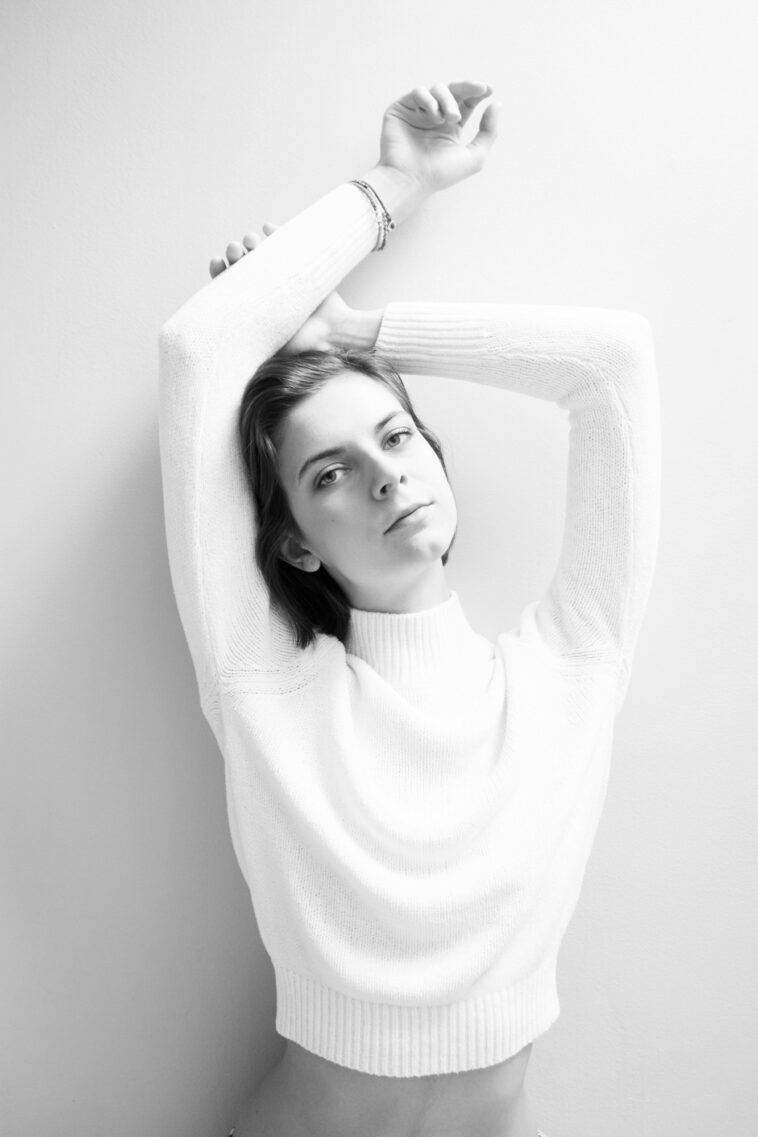Key Takeaways:
- Historical Evolution: Self-portraiture has evolved from ancient times, becoming significantly popular during the Renaissance, reflecting the growing interest in individualism and the self.
- Diverse Mediums and Styles: Artists have employed various mediums (painting, drawing, sculpture, photography) to explore self-portraiture, each adding a unique dimension to how they perceive and represent themselves.
- Women in Self-Portraiture: Female artists have utilized self-portraits to assert their presence in the art world, often navigating societal restrictions and using their art to explore personal and gender identities.
- Innovative Techniques and Reflections: The use of mirrors, creative compositions, and psychological depth in self-portraits reveals not just the artist’s appearance but their inner thoughts, emotions, and societal roles.
- Cultural and Geographical Variations: The practice of self-portraiture varies widely across cultures, with European art historically dominating the narrative but significant contributions from Asian, African, and Indigenous artists enriching the field.
Have you ever stood in front of a mirror, not just to see your reflection, but to really look at yourself? To ponder who you are, how you’ve changed, and where you’re going? Imagine capturing that moment, not with a selfie, but with strokes of a brush or the chisel of a sculptor. That’s the essence of a self-portrait, an intimate meeting between the artist and their soul, preserved for eternity.
Imagine Vincent van Gogh, in his final days, pouring his turmoil and brilliance onto canvas, gifting his mother a piece of his soul. Or think of Judith Leyster, her self-portrait not just a testament to her skill but a bold statement in a male-dominated Golden Age of Dutch painting. She didn’t just paint herself; she painted her defiance, her joy, and her immense talent.
Let’s dive deeper into the world of self-portraits, a world that mirrors the evolution of human thought, culture, and identity through centuries. From the earliest depictions on ancient Egyptian tombs to the digital selfies of today, this journey is nothing short of a time capsule, each self-portrait a page in history, telling stories of its era.
The Renaissance brought the mirror into the picture, quite literally, giving artists like Jan van Eyck and Albrecht Dürer the means to explore their own psyches and craft. These mirrors weren’t just tools; they were gateways into the artists’ minds, allowing them to question, to challenge, and to celebrate the individual.
Fast forward to the Baroque era, and we find Rembrandt turning the self-portrait into a diary. With each stroke, he documented his life, his emotions, and his aging face with unflinching honesty. Through his eyes, we see not just a man, but the very essence of human vulnerability and resilience.
And then, there are the women who, against all odds, carved their place in art history. Artists like Artemisia Gentileschi and Frida Kahlo didn’t just paint themselves; they used their self-portraits to break free from societal constraints, to heal, and to declare their autonomy. Their canvases were battlegrounds, their brushes weapons, and their art a form of rebellion.
In a self-portrait, the artist stands at the crossroads of the physical and the metaphysical, the external appearance and the internal experience. It’s a conversation across time, a whisper to the future about the past. Each self-portrait, whether it’s on canvas, carved in stone, or captured through a lens, is a testament to the human condition – to our struggles, our triumphs, and our relentless quest for self-discovery.
Frequently Asked Questions:
- What is the significance of self-portraits in art history?
- Self-portraits offer a window into the artist’s soul, serving as a personal narrative that reflects on identity, society, and the human condition. They are significant for studying the evolution of artistic styles, cultural shifts, and the personal lives of artists.
- How did the invention of the mirror impact self-portraiture?
- The invention of affordable and clearer mirrors in the Renaissance significantly impacted self-portraiture by giving artists the means to observe and depict themselves more accurately, leading to a deeper exploration of personal identity and human psychology.
- Why are women’s self-portraits particularly noteworthy in art history?
- Women’s self-portraits are noteworthy for their defiance of societal norms, their exploration of female identity, and their contributions to art history in periods when women had limited opportunities to study and work as artists.
- How do self-portraits differ across cultures?
- Self-portraits vary across cultures in terms of style, medium, and themes, reflecting diverse perspectives on identity, spirituality, and the role of the artist within different cultural contexts.
- Can a photograph be considered a self-portrait?
- Yes, photographs can be considered self-portraits when the artist intentionally captures their own image to explore themes of identity, self-reflection, or artistic expression, transcending mere documentation to convey deeper personal or artistic messages.





